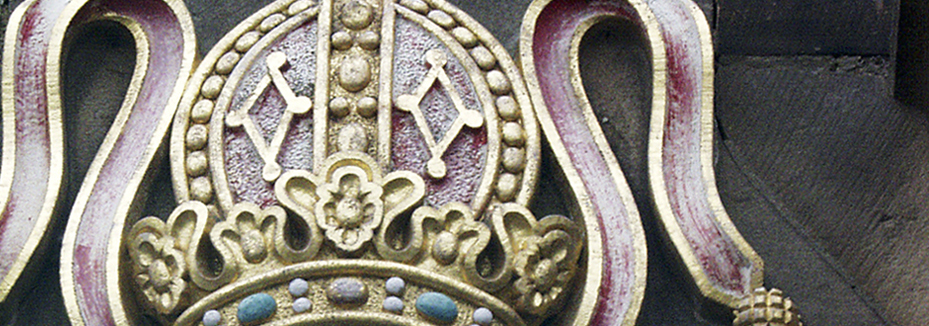The Prince Bishops of Durham
Durham’s political importance lay in the fact that it was a buffer state between England and Scotland. After two unsuccessful attempts to send an earl to govern this border region, the English king came up with the solution of giving the bishop of Durham secular powers, and therefore the responsibility for protecting English interests, in return for allegiance.
Rights and Privileges
From 1075, the Bishop of Durham became a Prince-Bishop, with the right to raise an army, mint his own coins, and levy taxes. As long as he remained loyal to the king of England, he could govern as a virtually autonomous ruler, reaping the revenue from his territory, but also remaining mindful of his role of protecting England’s northern frontier.
A Home for the Mighty
The autonomy of Durham, the prestige associated with the title of Prince-Bishop, and the fact that it was extremely wealthy, made it a desirable place for ambitious, powerful men, not all of whom were particularly pious.
Bishop Flambard in the twelfth century, and Bishop Hatfield in the fourteenth are good examples of the type of people that held the Bishopric. In later centuries, the Durham Bishopric's importance as a buffer state declined - but this did not diminish the prestige of the Prince Bishop. The building projects of men such as John Cosin, bishop in the mid-seventeenth century, exemplify what Durham became in the early modern period.
Durham Castle as a Palace
With the status of the Durham Prince Bishops being what it was, the Bishops of Durham were all too happy to demonstrate their political power architecturally. In parallel with its defensive role, Durham Castle evolved as a palatial residence, remodelled often to reflect changes in taste. Click here for an article on the refurbishment of Durham Castle in the mid-seventeenth century.


